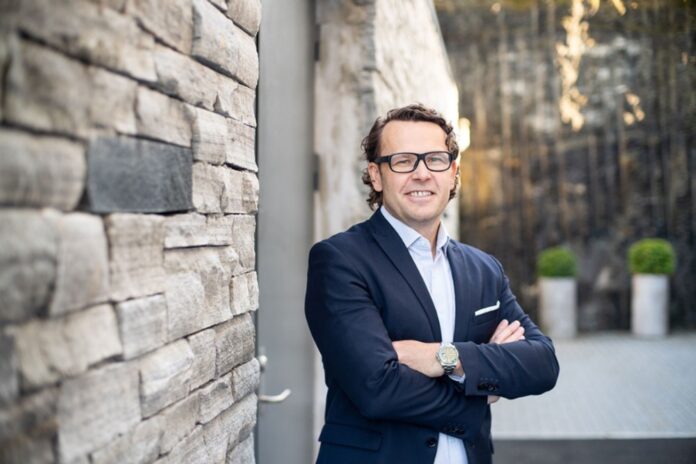The telco wants to drive collective action and promote sustainability throughout its supply chain
Telenor has told its suppliers they must be prepared to meet its science-based targets (SBTs) on reducing emissions or face losing out to competitors that will. In the coming years, it said it will shift spend to SBT-compliant suppliers, effectively making compliance mandatory for those with a specific spend threshold.
As we reported earlier this month, the FT-Statistica’s list of Europe’s Climate Leaders 2023 [subscription needed], underlined the critical importance of the supply chain in lowering energy consumption at it accounts for more than 90% of operators’ totals.
In a blog post, Telenor Procurement Company (TPC), which handles all procurement for Telenor companies globally, CEO Thomas Skjelbred said the telco’s biggest carbon footprint is in emissions from its supply chains and while it can control its so-called scope 1&2 emissions, it can make the most impact by reducing scope 3 emissions with suppliers.
“This is not about scaring anyone at all,” he said. “It is about acknowledging that Telenor is an attractive customer, and that we have an opportunity to influence our suppliers to do their part in saving the world form global warming.”
He added: “If some suppliers get scared, it’s probably because they are not taking their role seriously yet – and that is OK. But 80% of all emissions and 90% of Telenor’s scope 3 emissions come from our supply chain and the goods and services that we buy.”
Telenor has spent the past year informing suppliers of what it needs and expects so said all have had plenty of time to adapt. By actively engaging its suppliers, the telco aims to foster a sense of shared responsibility and encourage a broader movement towards greener practices across its entire supply chain.
New measures
Telenor has outlined several measures that will aid suppliers in their transition to greener operations. The company plans to engage in close collaboration with its suppliers, offering guidance and sharing best practices to facilitate the adoption of sustainable technologies and processes.
Furthermore, the telco is committed to measuring and reporting progress transparently. It will monitor emissions from its suppliers and encourage them to set their own emission reduction targets, aligning with Telenor’s vision of a sustainable supply chain.
“Our door will remain open to all suppliers that make the effort to limit global warming and we will be there to guide them,” he said.
Skjelbred said that while suppliers based in Europe/EU are leading the shift, followed by North America, the telco’s supplier base in Asia is generally about two years behind. “In many countries in Asia, national legislation may not be as demanding and the maturity level not the same as in Europe,” he said.
Telenor has made significant strides in reducing its own carbon footprint. The company has set ambitious targets to achieve net-zero greenhouse gas emissions across its operations by 2030.
Wider telco carbon plans for supply chains
Last week the Joint Alliance for CSR (JAC), an industry body that unites 26 of the world’s biggest telecom companies issued a report highlighting the significant actions all members have taken to address climate change and achieve net-zero goals, and called on its supply chain to implement new best practices for decarbonisation. Telenor is a member of JAC and endorsed the report.
Fellow JAC member Telia said 45% of its supply chain emissions from purchased goods and services and capital goods are covered by science-based climate targets, an increase of nearly one-third since the end of 2022, with another 14% awaiting external validation. Telia’s goal is that 72% of its supply chain emissions from purchased goods and services and capital goods will be covered by science-based reduction targets by 2025.


